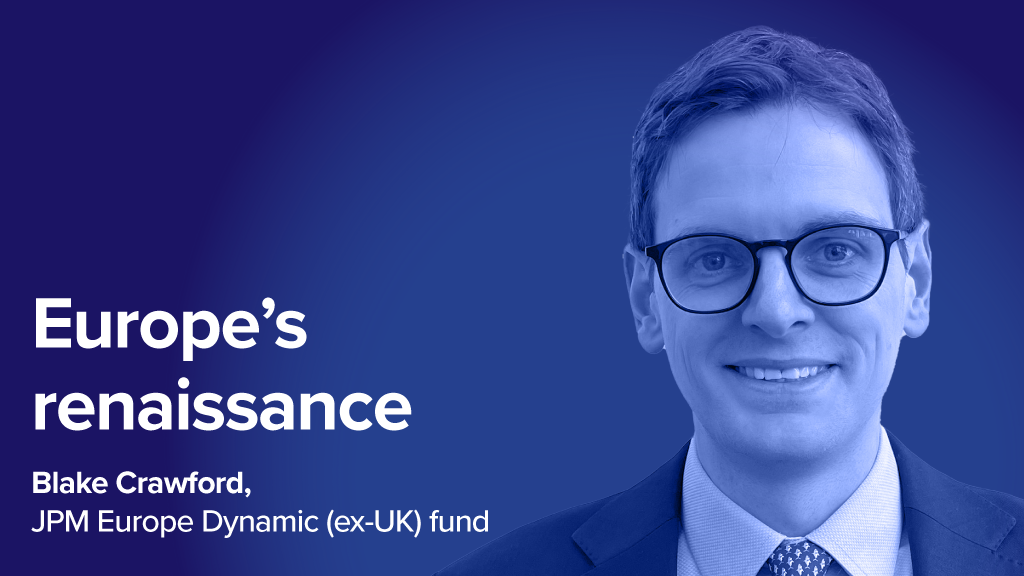They seek a resilient and diversified product and a manager cognisant of risk. Sonja Uys, manager of the Absolute Insight Fund, addresses five questions investors may want to ask about risk management when considering an absolute return fund.
What are the risk limits?
Absolute return strategies will often have very flexible mandates and a high degree of investment freedom. A good starting question is therefore to ask about the risk limits that apply to the portfolio. This will in turn give an indication of the maximum exposure that can be taken to different assets classes, regions or sectors. Depending on the strategy and manager, there may also be limits on credit rating, instrument type, country, volatility, value-at-risk, to name but a few.
Who sets these limits?
The most binding limits are those set by the regulatory body of the fund. These regulatory limits or restrictions will depend on the fund’s domicile and legal structure. Second in line would be the limits defined in the fund’s prospectus, as any material change in these limits may require a shareholder vote: it is therefore not an easy process to change limits. Thirdly, the fund manager might impose additional ‘voluntary’ limits, more stringent than those defined by the regulator or in the prospectus, as a way of improving the fund’s internal risk framework. The latter would be flexible to change as long as it has been communicated as such to investors.
How are the limits monitored?
Ideally risk limits should be coded into the trading systems so that risk monitoring may be automated. This should reduce the scope for error and could be coded for both pre and post-trade monitoring. If not, it is good to understand who monitors the limits: whether it is an independent risk team, the fund managers themselves, or another party. Generally speaking, value should be placed on independent monitoring at arm’s length from the fund management team.
What happens in case of a breach?
Risk limits mean little if there is no plan to resolve the situation when they are breached. How is the fund manager notified of a breach, who else is notified, what action needs to be taken, and in what timeframe? All these are good questions to improve understanding of the fund manager’s risk process. An interesting follow-up question might be to ask for an example of a recent breach, along with the actions taken and timeframe to resolve it.
Can anyone override a breach?
There is typically less scope for overriding regulatory or prospectus breaches, so here I focus on internal ‘self-imposed’ limits. In some circumstances, it may be considered in the investors’ best interest to temporarily override a risk breach, rather than force the fund manager to sell securities under unfavourable conditions. This reminds us that risk limits are intended to benefit investors and protect performance, which would be be hard to capture through purely quantitative measures. Qualitative oversight and a ‘common sense’ approach should therefore be complementary to any risk framework.
Important Information
The value of investments can fall as well as rise, so your client may get back less than they originally invested. For professional clients only. Any views and opinions expressed are those of the investment manager, unless otherwise noted. For further information visit the BNY Mellon Investment Management website. Issued as at 21-11-2014. CP13983-21-02-2015(3M)










